Practical Trend Analysis: Applying Signals and Indicators to Improve Trade Timing
$28.62
| Author(s) | |
|---|---|
| Format |
|
| Pages |
350 |
| Publication Year |
2019 |
In Practical Trend Analysis, Michael C. Thomsett provides insights on technical signals such as candlestick reversals, price gaps, and movement through resistance or support; distinguishing between strong and weak trends; objectively evaluating the health of a stock’s current price levels, trading breadth, and technical condition; and anticipating plateaus, slowdowns, or price reversals. He presents detailed coverage of trendlines and channel lines; patterns and confirmations of both reversals and continuations; broadening and narrowing trends, price jumps; and trends based on volume, moving averages, and momentum. Practical Trend Analysis will enable traders, both amateur and professional, to go far beyond mere trend “following.”
Introduction:
These movements may be simplified and classified as reversal, continuation, or consolidation. However, this identification is never 100 percent clear or precise. Experienced traders may not be certain about the current status of individual stock trends even with an advanced level of knowledge. And those who do know also understand that the current status of a trend is likely to change at any moment. A trend in an individual stock is likely to be easier to track and predict than a trend in an index. The index contains many different stocks, so the trend is itself the sum of net increases and decreases in price levels for all the components. Furthermore, the index itself, such as the Dow Jones Industrial Average—the favorite gauge of the market—may be weighted so that a few stocks account for a large portion of a total trend movement. This makes trends of indexes less certain. Even though many stocks track the market closely, this book focuses on individual stock trends. In these cases, it is more reliable to associate trend activity with both fundamental and technical causes and responses.
The many charts representing price patterns and trends are based primarily on the period between 2012 and 2016. During this period, the market did not trend strongly so that the stock charts were easy to track. Between 2016 and 2018, however, the overall market moved into a strong bullish trend. The Dow Jones Industrial Average moved 7,000 points in less than two years following the 2016 election. Because so many stocks followed this trend, most charts were bullish. This meant that demonstrating trend characteristics was less varied than during more typical, slower-trending markets. As a result, the charts in this book are outdated on purpose, but the visual summaries they provide are relevant to trend analysis. Using historical rather than current charts also adds the clarity of hindsight, enabling an analyst to better understand what went on and how trends and prices behaved during a past period.
The first chapter reviews the basic theories about trends and examines whether or not those theories offer reliable intelligence traders can use to time entry or exit. Chapter 2 expands that discussion by introducing statistical observations traders may use to improve accuracy of both trend analysis and price pattern analysis. Chapter 3 provides in-depth analysis of how resistance and support play an essential role in trend analysis and how these trading range borders may be used to test the strength of the trend. Chapter 4 expands on the discussion with a study of trendlines and channel lines.
Chapters 5 and 6 are exhaustive studies of reversal and continuation patterns; and Chapter 7 provides the same in-depth analysis of confirmation. In Chapter 8, the nature of consolidation is examined in its effect on trends. Chapter 9 takes a look at volume. In Chapter 10, gaps describe how trend movement can be anticipated in the near future and how these may be either revealing or confusing. Chapter 11 examines the role of moving averages and how these impact and anticipate changes in trends. In Chapter 12, momentum oscillators are examined in how they affect not only price, but the larger trends as well. Chapter 13 addresses the topic of volatility in the trend and Chapter 14 shows how fundamental trends contribute to technical trends. Wrapping up the entire discussion, Chapter 15 puts together multiple indicators to track how trends continue and change over time.
Contents:
- The Theory of Trends: Dow, EMH, and RMH in Context
- Statistically Speaking: Trends by the Numbers
- Resistance and Support: A Trend’s Moment of Truth
- Trendlines and Channel Lines: The Shape of Things to Come
- Reversal Patterns: End of the Trend
- Continuation Patterns: A Bend in the Trend
- Confirmation Signals: Turning the Odds in Your Favor
- Consolidation Patterns; The Sideways Pause
- Volume Signals: Tracking Price Trends
- Mind the Gap: When Price Jumps Signal Change
- Moving Averages: Order in the Change
- Momentum Oscillators: Duration and Speed of a Trend
- Volatility: Marking Risk within the Trend
- Fundamentals: Connecting the Two Sides
- Overview: Putting It All Together
Practical Trend Analysis: Applying Signals and Indicators to Improve Trade Timing By Michael C. Thomsett pdf
1 review for Practical Trend Analysis: Applying Signals and Indicators to Improve Trade Timing
Clear filtersOnly logged in customers who have purchased this product may leave a review.

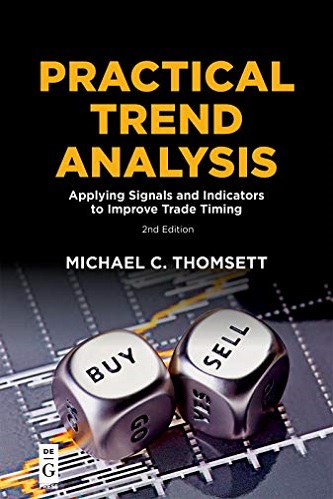
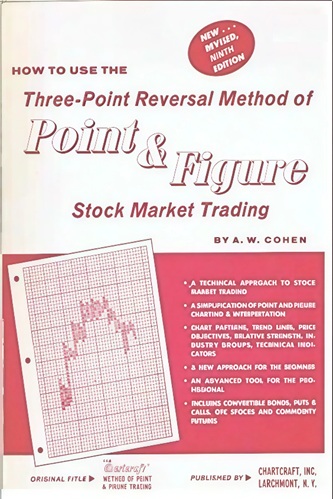
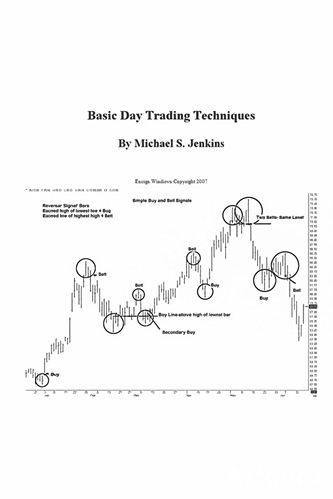

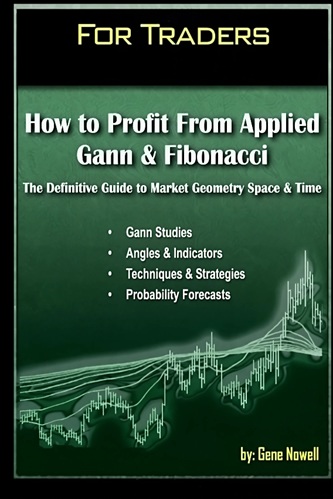

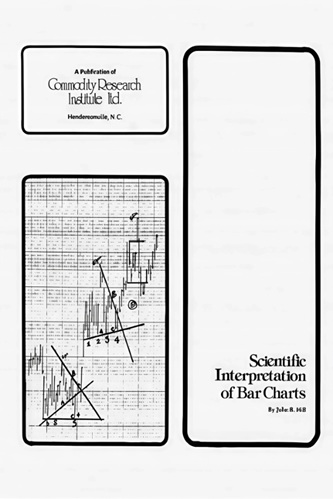
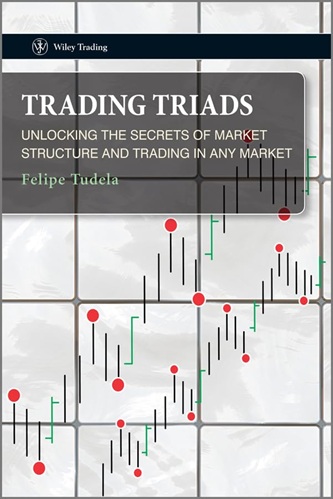
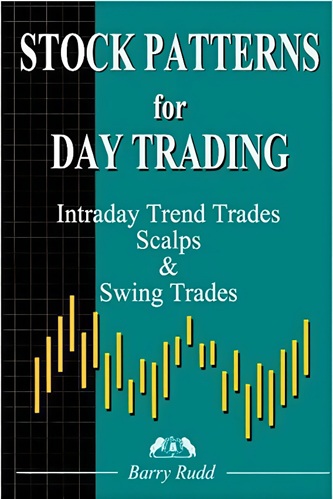
Brady Compton (verified owner) –
a lot of crucial errors. Clearly not editorially checked before publishing.